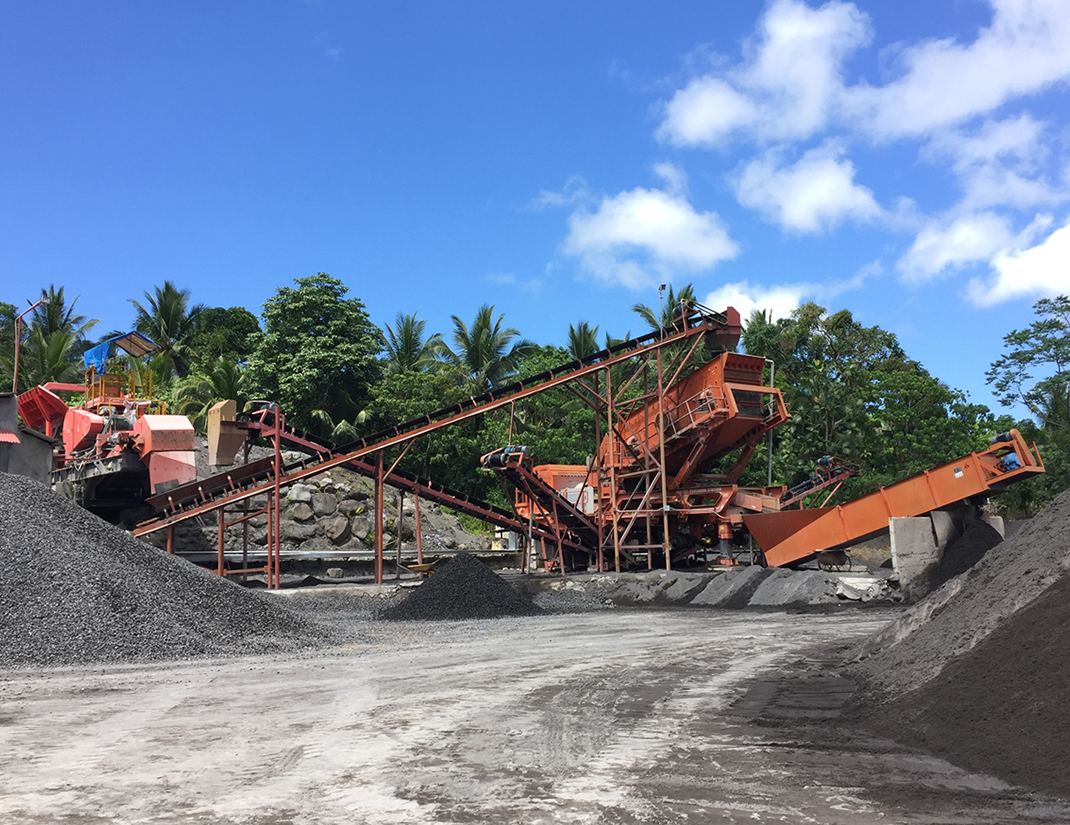magnetic separation of iron particles images
2022-04-28T00:04:01+00:00
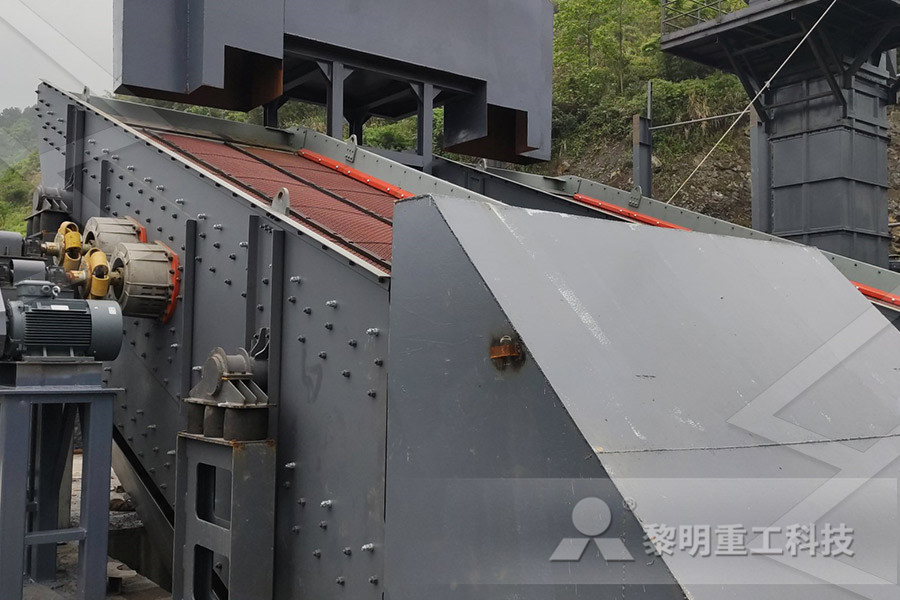
magnetic separation of iron particles images
magnetic separation of iron particles images Posted at:February 12, 2013[ 46 1686 Ratings] Magnetic separation is an industrial process that uses a magnetic Find magnetic separation stock images in HD and millions of other royaltyfree stock photos, illustrations and vectors in the Shutterstock collection Thousands of new, Magnetic Separation Images, Stock Photos Vectors The iron precipitated on the surface of the magnetic seeds to form a large particle with coreshell structures and the magnetic core endowed the particles magnetism Efficient magnetic separation offseted the poor settleability and filterability of the precipitate After magnetic separation of iron residue, the nickel solution was qualified and Magnetic separation of iron precipitate from nickel The iron precipitates on the surface of the goethite to form large magnetic particles with a coreshell structure, and the precipitates are efficiently settled and separated by magnetic separation The results show that the iron content in the dry iron residue is more than 52% and the Ni content is less than 06%, which can be used in Magnetic Separation of Impurities from The early detection of Legionella in water reservoirs, and the prevention of their often fatal diseases, requires the development of rapid and reliable detection processes A method for the magnetic separation (MS) of Legionella pneumophila by superparamagnetic iron oxide nanoparticles is developed, which represents the basis for future bacteria detection kitsImmunomagnetic Separation of Microorganisms with
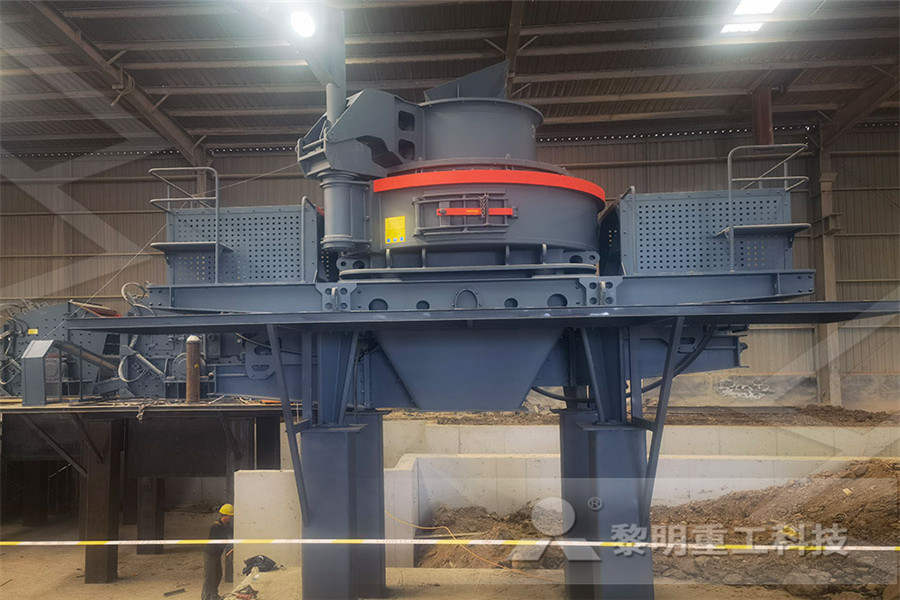
Magnetic nanoparticles: preparation, physical
Nanometersized magnetic particles, such as super paramagnetic iron oxide particles, have been extensively used for separation and purification of cells and biomolecules in bioprocesses [93–95] Due to their small size and high surface area, MNPs have many superior characteristics for these bioseparation applications compared to those of the Ferrofluid speed effects on the magnetic separation of 3 µm and 10 µm polystyrene particles: (a1)–(a3) show the streak images at the outlet of the straight microchannel under the average flow speed of 06 mm/s (a1), 08 mm/s (a2), and 12 mm/s (a3) (other conditions are referred to Fig 3); (b1)–(b4) compare the experimental (symbols) and Magnetic separation of particles and cells in ferrofluid (2004) Retention of Iron Oxide Particles by Stainless Steel and Magnetite Magnetic Matrix Elements in High‐Gradient Magnetic Separation Separation Science and Retention of Iron Oxide Particles by Stainless Steel The slightly lower separation degree could be explained by the broad size distribution and the reduction of magnetic interactions due to the thick hematite coating in Fe 3 O 4 /αFe 2 O 3 particles Unlike the 30 nm Fe 3 O 4 particles which preserve their magnetic properties at different acidities, the recovery of Fe 3 O 4 /αFe 2 O 3 Magnetic separation of hematitecoated Fe3O4 As given in Fig 6(a and b), the total iron grade, metal iron content, iron recovery and metallization rate of reduction products and magnetic separation products increased significantly during the process of extending the reduction time from 20 min to 40 min When the reaction time was extended to 40 min, the three tended to be stable with the Selective enrichment of iron particles from complex
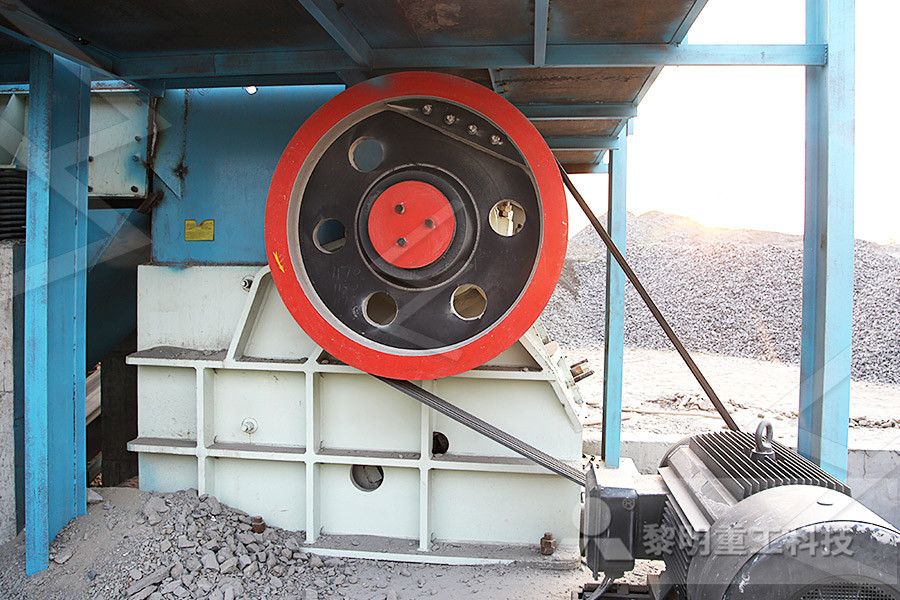
magnetic separation of iron particles and sand
magnetic separation of iron particles and sand For each project scheme design, we will use professional knowledge to help you, carefully listen to your demands, respect your opinions, and use our professional teams and exert our greatest efforts to create a more suitable project scheme for you and realize the project investment value and profit Magnetic separation is an industrial process where ferromagnetic contaminants are recovered from materials on the production line Manufacturers use this to extract useful metal, separate recycling, purify materials, and perform a wide variety of other tasksWhat Is Magnetic Separation? (with pictures) Nanometersized magnetic particles, such as super paramagnetic iron oxide particles, have been extensively used for separation and purification of cells and biomolecules in bioprocesses [93–95] Due to their small size and high surface area, MNPs have many superior characteristics for these bioseparation applications compared to those of the Magnetic nanoparticles: preparation, physical Magnetic separation The resulting hybrid latexes were characterized in order to determine the fraction of magnetic latex particles and of “free” latex particles (ie, latex particles that are not attracted by the magnet), as schematically shown in Fig 1 Firstly, the hybrid latexes were exposed to a magnetic field using a magnet (Dynamag Polymerencapsulation of iron oxide clusters using In addition, magnetic forces have been used to develop an invivo drugdelivery system 18 by attaching a magnetic microbead to the drug particle As shown in Fig 1, we were able to demonstrate that simultaneous translation and separation of various weak magnetic particles can be achieved without using magnetic beadsMagnetic separation of general solid particles realised
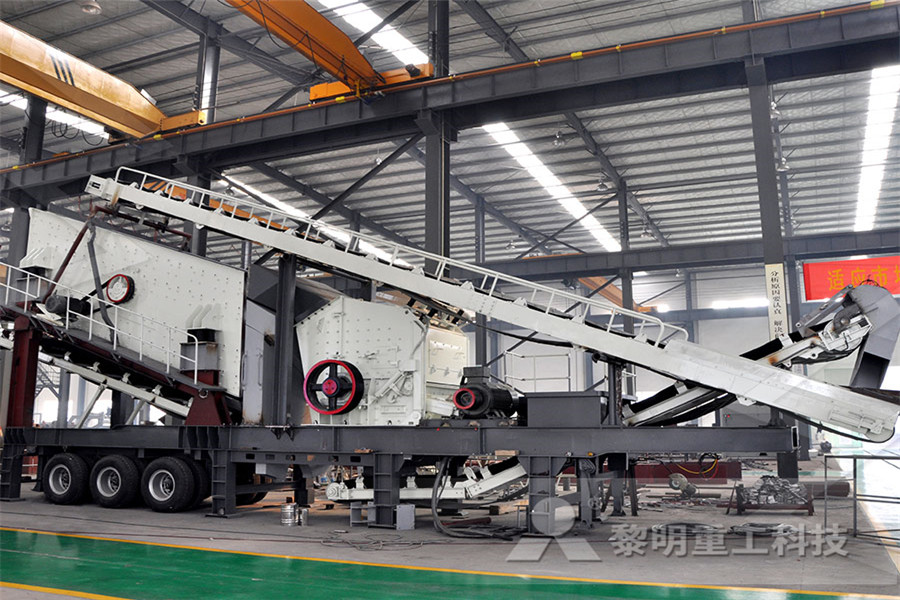
Iron Recovery from Bauxite Residue Through
The scope of this work is to develop and optimize a reductive roasting process followed by wet magnetic separation for iron recovery from bauxite residue (BR) The aim of the roasting process is the transformation of the nonmagnetic iron phases found in BR (namely hematite and goethite), to magnetic ones such as magnetite, wüstite, and metallic iron Iron oxide particles typically consist of two basic components, a crystalline magnetic iron oxide core and a hydrophilic surface coating Most of the iron oxide particles that are used as MR contrast agents are less than 200 nm in diameter and exhibit superparamagnetic propertiesImaging circulating cells and lymphoid tissues with er spectra the magnetic state of the powders was detected The main phase (95%) has a distorted cubic structure of the magnetite (Fe 3O 4), the secondary phase is αFe presented in the kernel of some particles From the TEM images the sizedistribution histograms N(d) were obtained (eg Figure 1(b)) The specific surface, determinedSeparation of Fe3O4 Nanoparticles from Water by is avoided In this work, basic separation of magnetic particles from a background of nonmagnetic particles is shown first Then, magnetic particles functionalized with antiEpCAM antibodies are used to successfully capture and separate MCF7 breast cancer cells from background HeLa cellsSTRESSFREE CENTRIFUGOMAGNETIC 2DSEPARATION
- bosch grinding machine
- Design Of Sendary crusher in Of Iron Orecrusher
- diecast keestrack screener
- sand crusher manufacturers india for sale
- moinho de martelo maquina de minerao trituradores
- what is the value of 100 mills troy
- hammer mill machine and its features
- used crusher plants for sale in malaysia
- free ore mining powerpoint templates
- used jaw crusher for sale manila philippines
- blow bars for impact crusher
- B D Diamond Grinding Tools
- hunziker ball blasting machine
- Dra ar The Soul Crusher Kaijudo Wiki
- roller mills used in mining
- Vessel Ft Coal Mining
- sandblasting abrasives gypsum gypsum in chile
- lecture of jaw crusher
- used mobile ne crusher sau
- list of machinery equipments in ginning millcation
- jaw crusher south africa jaw crusher suppliers
- mi ture and grinder lowest price in delhi
- estimated sts for ore crusher
- bauxite rich in aluminium c
- Primary Crusher Magnetiteprimary Crusher Make
- Skid Mounted Ft Cone Crusher
- spec sheet for 30and 26 crusher
- distributors of crusher and machines for sale in hollandkation
- Cina Heavy Industries Crusher
- business plan for quarry

